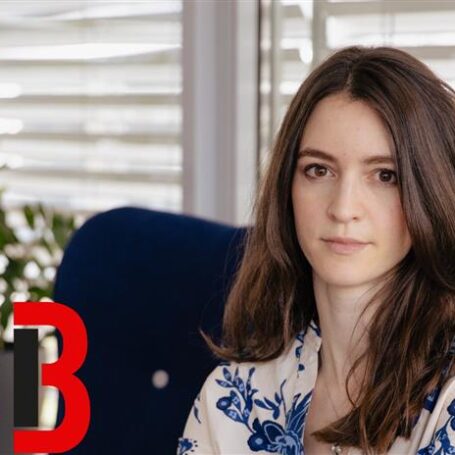The effect of reverse discrimination on the young
 I’m not a huge fan of the topic of racial and gender discrimination. The heated debates that go around it have always made me uncomfortable because I couldn’t care less what gender or race someone is, isn’t or, in the case of gender, has changed to. However, while teaching a couple weeks ago a little boy I teach in a homeschool group broke my heart. This small boy is only 8 years old, and his parents are both politically active Democrats fighting for human rights. The child is more aware of things going on in this area than I am. Thus, it took me by surprised when one day I asked him why he was sullen and angry, he replied, “I’ll never get anywhere in America because I’m a white male. I’m doomed to be treated badly because I’m not a girl and I’m not a special race.”
I’m not a huge fan of the topic of racial and gender discrimination. The heated debates that go around it have always made me uncomfortable because I couldn’t care less what gender or race someone is, isn’t or, in the case of gender, has changed to. However, while teaching a couple weeks ago a little boy I teach in a homeschool group broke my heart. This small boy is only 8 years old, and his parents are both politically active Democrats fighting for human rights. The child is more aware of things going on in this area than I am. Thus, it took me by surprised when one day I asked him why he was sullen and angry, he replied, “I’ll never get anywhere in America because I’m a white male. I’m doomed to be treated badly because I’m not a girl and I’m not a special race.”
Admittedly, I reeled backward as if someone slapped me in the face. This was definitely not the best reaction to have because he continued on explaining how his parents were always fighting for ethnic minority rights and women’s rights. He explained how “it’s not fair or balanced” with who they fight for. After a while of silence, he asked, “Why can’t it just be fair and balanced? My best friend is black, but we don’t even see skin color. Well, at least I wouldn’t if my parents weren’t always shoving it in my face that it makes him special while I’m not.”
While listening to this young boy rant and complain about adult issues in a child-like way, I began to question myself. Are we, as adults, doing more harm than good? Are we creating a monster in society because we believe in “fairness”, and yet our ideas are skewed? These are tough questions to ask, but even harder to quantify. Everyone has a different level of what they think is fair, and there are some quite convincing facts that some people are more privileged than others and this has something to do with race, gender, and socio-economics.
I’ve seen the type of discrimination he was talking about when I started my R&D firm, Insanitek. In the first stages of setting up the company, we looked into labor laws so we could plot out our 5 year business plan. When we saw that we accepted any federal funding (and in some cases state level funding) or accepted any federal contracts for research, we’d have to have a minimum percentage, or quota, of “historical minorities”. When we looked further into this, we discovered that this quota was based on the population of where the company is based. So, as Insanitek is in Indianapolis, Indiana where the historical minority population is well over 80 percent, we’d have to hire 80 percent of our workforce as what the government classifies as a historical minority. This includes basically anyone that isn’t a white male. I recalled this with painful clarity while my young student complained of the unfairness of it all.
I asked my student what he wanted, and he replied, “To be be anything but a white boy so my parents see me for who I am… and so I can have a good life.” This simple statement spoken in plain honesty brought on by a child’s anguish should not go unheard. At a certain point in time we should stop and ask about the damage being caused to our future generations and society. Up until this moment I stoutly believed in the reason behind affirmative action. Now, however, I’m not so sure — not when it creates thoughts like these, least of all among ones so young.
Image credit: Shutterstock.com/Suzanne Tucker






















































































